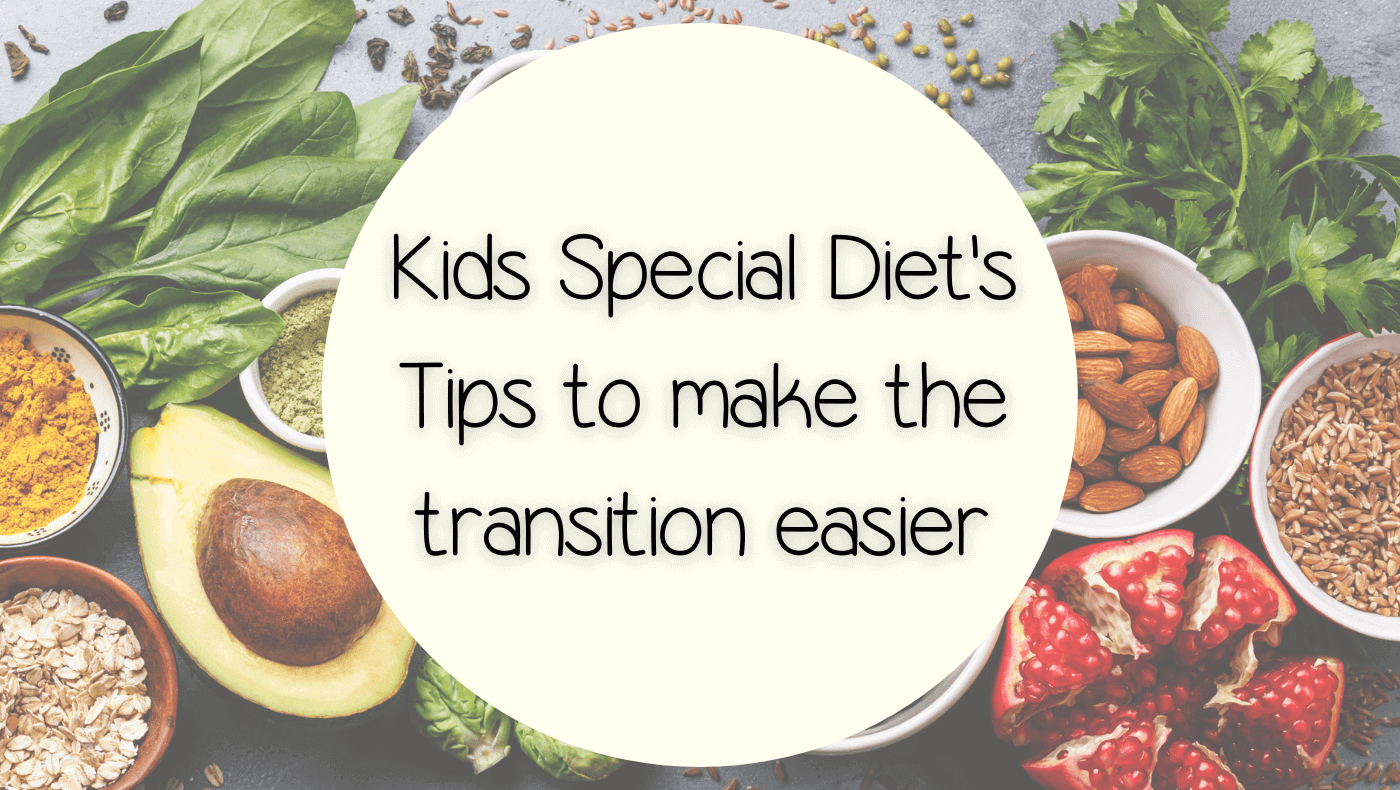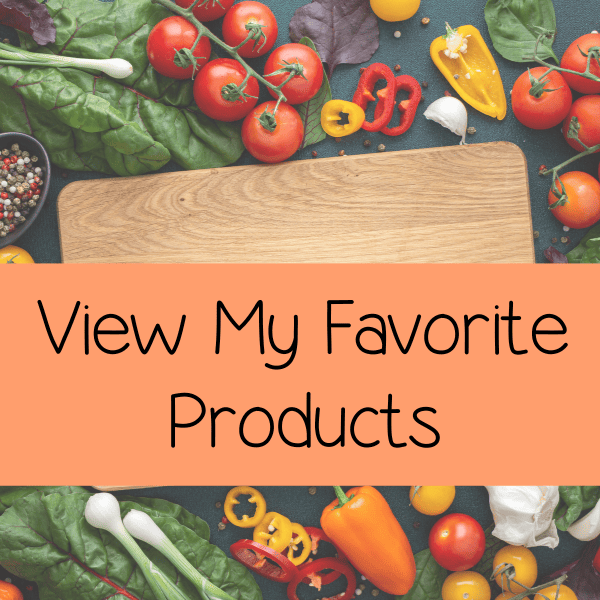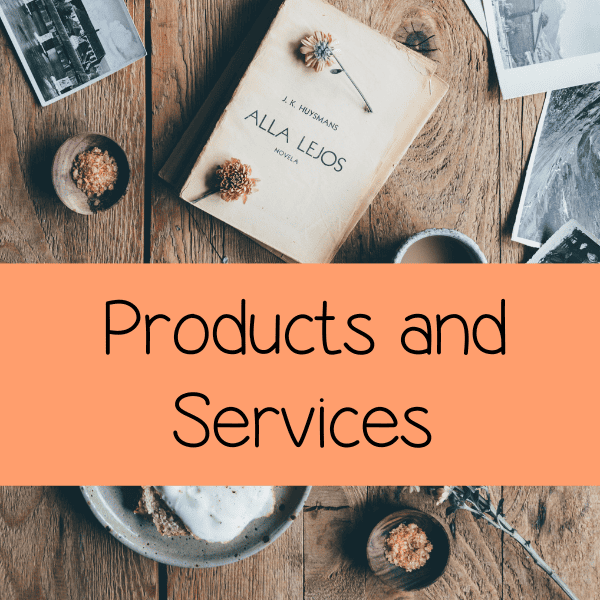Last updated on May 15th, 2024 at 03:18 am
A special diet for kids can be challenging, but the right preparation and tips will make it easy!
Here are my top 4 tips on how to make the transition easy and fun!
Sometimes when you have a child diagnosed with an allergy or intolerance to certain foods, it can be difficult to find the time and energy to cook specific meals for them.
In order to make this transition as easy as possible, it is important to keep in mind that this is not only a new experience for you but for your child as well.
The important thing is to make sure your child is getting their basic nutritional needs met and this can take some time.
Here are some tips on how to make the transition easy and fun!
#1 Understand the foods to Remove
The first step is understanding what types of food your child needs to be removed from their diet so that you don’t they don’t become sicker. If you were told that your child has a problem with dairy and gluten, make sure you start by learning which foods contain dairy and gluten. If you were told your child has an allergy to peanuts, make sure you take time to learn the foods that often contain peanuts. This will help you tremendously in knowing which foods you need to stay away from to prevent any further issues in your child.
#2 Start reading your labels
Reading labels is so important when starting any special diet because labels tell you the ingredients in food. If you are failing to read labels as you transition to a special diet for your child, then you possibly will be feeding them the very foods that they are allergic to or have a sensitivity to. I am still amazed at how many products that I thought never contained gluten that actually did. Some companies are finding ways to hide ingredients into names that are unknown. It is important to investigate any ingredients that are listed on labels that might be suspect. When in doubt, just stay away from foods that have ingredients you are not familiar with.
#3 Focus on the foods your child can eat and not the ones they can’t
It is so important not to get wrapped up in thinking about all the foods that your child can no longer eat whenever you learn that you need to put them on a special diet. This only leads to anxiety and depression and it will rub off on your child. When your child constantly hears the fact that they can’t have this or that it can make them feel sad as well. It is important for you to try and rephrase things and focus on all the great foods they can have instead of the foods they can no longer eat. I like to just find great substitutes that keep kids interested and not thinking about the foods they can no longer eat. Gluten is a big one these days but there are so many other tasty options that can be used as substitutes for gluten. Focus on what your child can have instead of what they can’t.
#4 Talk to your child so they can understand the reason behind the special diet
Regardless of what it is, I think it is important if your child is of age to discuss the reason behind the dietary changes. If your child is too young to understand, just wait until they are able to understand and then you can explain. For older kids, try your best to help them understand why the foods that you are removing are needed. If there are allergies to it or sensitivities, make sure they are aware of it. This really helps your child to stay compliant with the dietary changes regardless if you are around them or not. I think this is so important because you will not always be with your child. What happens when they are at school? You want to make sure they understand why they should ask before eating foods that might have an ingredient that they are allergic to or sensitive to.
The best way to prepare for any new diet is to be prepared. The Nutritional Spectrum Lunch Guide is a great resource for parents to use when looking for school lunch ideas. If your child is going gluten and dairy-free, check out this guide located here to help you make this transition easier.





0 Comments